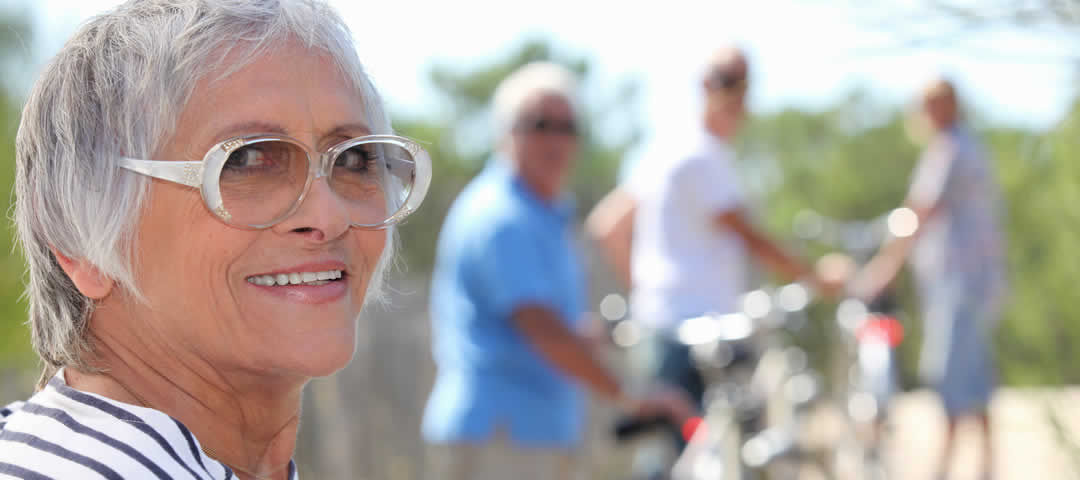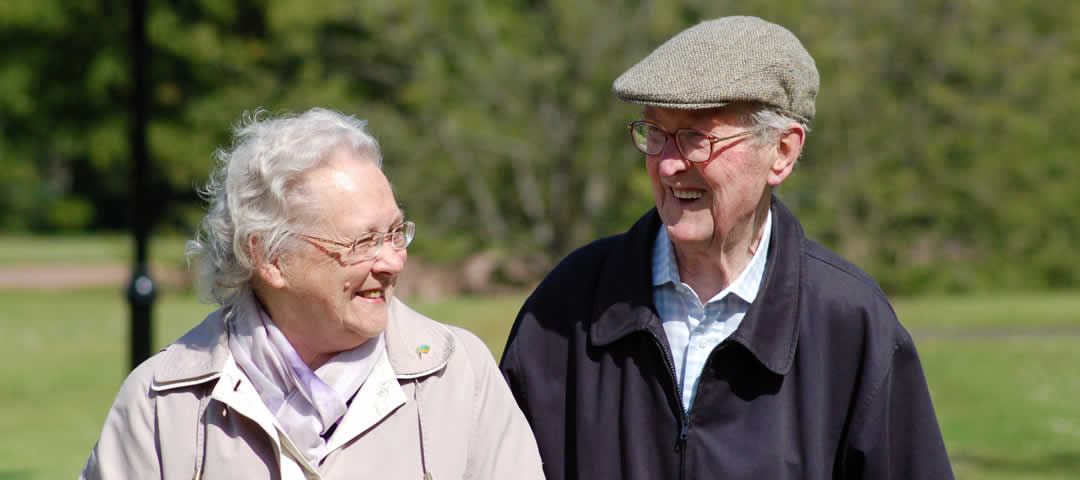
Use it or Lose it
Topic: Deconditioning in the older person living in the community and strategies to remediate and minimize it
Title: Strategies to minimize and remedy deconditioning in the older person
Deconditioning is a syndrome that is probably the most common reason for a referral for rehabilitation to be made, be it by hospital surgeons and physicians of all specialties, or by general practitioners in primary care. Deconditioning can threaten independence and increase the risk of hospitalization, and increases the risk of requiring residential care placement significantly. Deconditioning can also exacerbate existing conditions that already increase the risk of falls, incontinence, delirium and other geriatric syndromes, and reflects frailty and high risk of harm.
The old and very intuitive adage “use it or lose it” is true at all ages, but Geriatricians, especially those working in rehabilitation settings, understand it better than any other. The challenges faced in reversing deconditioning, and its functional follow on effects, once it is established, are many and varied, and highlight the importance of prevention and early recognition. Accessing exercise, especially regular exercise, in middle age is protective against many common conditions that accelerate ageing, including diabetes mellitus, osteoporosis, hypertension and heart disease. It is known that exercise, in its many forms including ambulant physical training through to formal rehabilitation, can avoid or reduce deconditioning and it’s functional effects. But deconditioning needs to be recognized for this to occur.
Education of older people, their caregivers, and their doctors, about the importance of maintaining physical activity, even and especially in the face of chronic illness and multimorbidity, as well as early intervention during acute decline or illness, is of primary importance in minimizing this first world scourge. Avoidance of a sedentary lifestyle after retirement, with increasing age, must be an important goal of public education and community health programs. Understanding that good physical conditioning cannot be taken for granted from the age of 70 is key to this, and is a concept many of our older patients in rehabilitation have not grasped until their rehabilitation encounter. Sometimes, this is too little too late, and they lose it.

‘taking to their beds is the worst thing that can be done in an older person’
—Dr Anthony French
Exercise programs are beneficial for all older people regardless of their level of function and disability. Many randomized controlled trials have shown that healthy and frail older subjects, including those over 80, have shown improvement in lower limb strength, endurance, balance, walking speed and overall physical activity levels, after participation in exercise classes and similar interventions. The potential dangers of physical exertion in some populations is important to acknowledge and highlights the importance of tailored programs to suit the capacity and needs of the individual person. Goal setting that is measurable, reproducible and attainable is key to this, and these goals need to be practical and realistic, and focused on maintaining independence and function. Psychological and nutritional support should always be available to optimize the benefits and increase their duration of effect. With this focus, rehabilitation programs and exercise classes, and all other forms of formalized exercise for older people, can make this important difference, and keep older people living in the community with minimal dependency for longer. This is not just about lifestyle and quality of life, but is also of economic and social importance.
The concept of pyjama paralysis is not restricted to hospital inpatients, and reflects a cultural challenge that often affects the very old, especially in relation to acute illness. The rate of muscle mass and strength loss is extremely rapid as age increases, and ‘taking to their beds’ is the worst thing that can be done in an older person. This illness behavior is very common, and defines frailty and is associated with excessive harm. Cognitive deficits, physical deficits, and mental illness all increase the risk of this response to illness, often without, and sometimes preventing, access to primary care, diagnosis and treatment. When ambulant care becomes non-ambulant, deconditioning is the most sinister diagnosis that follows. All of the diagnoses associated with ageing, and those that accelerate ageing, are associated with frailty and increase the risk and rate of deconditioning. This is preventable, and is a geriatric medicine emergency, second only to delirium.
The concept and definition of frailty continues to evolve. Despite recent conventions and definitions, physicians usually say “they know frailty when they see it.” Frailty has been characterized as an interaction between loss of muscle mass (sarcopenia), presence of multiple chronic illnesses, and loss of functional independence. Factors that have been identified as comprising the frailty phenotype include the loss of muscle mass, muscle weakness, poor endurance or energy, slowness, and low physical activity.

‘your muscles, your strengths, your abilities: Use them or lose them – consider reconditioning through exercise and therapy or even rehabilitation’
—Dr Anthony French
These are also the primary indications for consideration of deconditioning and it’s remedy, reconditioning. These older individuals often also have multiple musculoskeletal conditions that are often considered for invasive treatment, especially osteoarthritic large joints and spinal disease. In these patients, the evidence is strongly in support of pre-conditioning, often called pre-habilitation, in order to medically optimize the person as well as to physically prepare them for the rigors of operative management, the resulting temporary morbidity, and recovery.
This is the domain of the geriatrician working in a rehabilitation unit, and is a very successful and rewarding part of their work. But referral is required in our system, from surgeons and general practitioners, and the Brisbane Private Hospital is very well positioned to offer this type of assessment, coordinated treatment, and the optimized functional outcomes that are possible. With increased awareness of deconditioning as a syndrome, the preventable and treatable nature of it, and referral for geriatrician evaluation and management, we can make a big difference. Educating your vulnerable patients and reinforcing the importance of exercise will also make a big difference.
So please pass on the message to your older patients, that is those over 70 years of age, to ‘sit up, get dressed, keep on moving… and “your muscles, your strengths, your abilities: Use them or lose them”. And if using them is not as easy as it used to be, and is threatening their independence, consider reconditioning through exercise and therapy, be it through formal classes or even rehabilitation.
References
- http://www.studiomix.com/recovering-deconditioning-syndrome/
- http://aconservativelesbian.com/2012/08/17/yes-deconditioning-is-a-medical-condition/
- http://www.uhnm.nhs.uk/OurServices/Elderlycare/Pages/Deconditioning-Awareness-Campaign.aspx#
- http://www.clevelandclinicmeded.com/medicalpubs/diseasemanagement/preventive-medicine/aging-preventive-health/
- https://britishgeriatricssociety.wordpress.com/tag/preventing-deconditioning/
- http://medicine.jrank.org/pages/429/Deconditioning-Prevention-treatment-deconditioning.html
